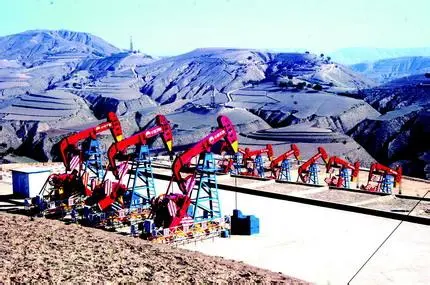IEA has declared that over the next 20 years, the global energy demand will increase rapidly, however, the energy supply around the world may not be sufficient enough to meet goals of climate change. It is due to continuous turbulence in the Middle East and unresolved conflict between Russia and Ukraine.
IEA has warned about the security of future oil supply.
It pointed out that since the middle of June, the global oil prices had fallen to $34 each barrel, the Brent spot crude oil prices had broken down to $80/barrel, which was the lowest in the past four years. The short term abundant supply in the global oil market could not ignore the future shortage of energy supply, because producers with relatively small energy output had increasing dependence on its import.
It is predicted that global demand will go up 37% before 2040. Despite the fact that global resources can satisfy consumption growth, it still needs a lot of investment and policies to ensure development. Before 2030, it needs to invest $900 billion each year for global oil and gas upstream exploitation, so as to meet the expected demand growth. However, considering the present sharp decrease of oil prices, which discourages producers’ investment, IEA is not sure about the level of the investment.
IEA indicated that future supply shortage would have great impact on oil consumers in Asia. Driven by the growing demand of transport and petrochemical industry, the global oil demand will increase from 90 million barrels each day in 2013 to 104 million barrels/day in 2040. However, it said that high oil prices and new policies would gradually limit the growth speed of consumption, which would come to the peak level.
It is declared that in the earlier 2030, oil consumption in the US will decline, while China will be thought to surpass America and become the biggest oil consumers around the world. Then India, South-east Asia, Middle East and Sub-Saharan African countries will become the engine of increasing global energy demand.
